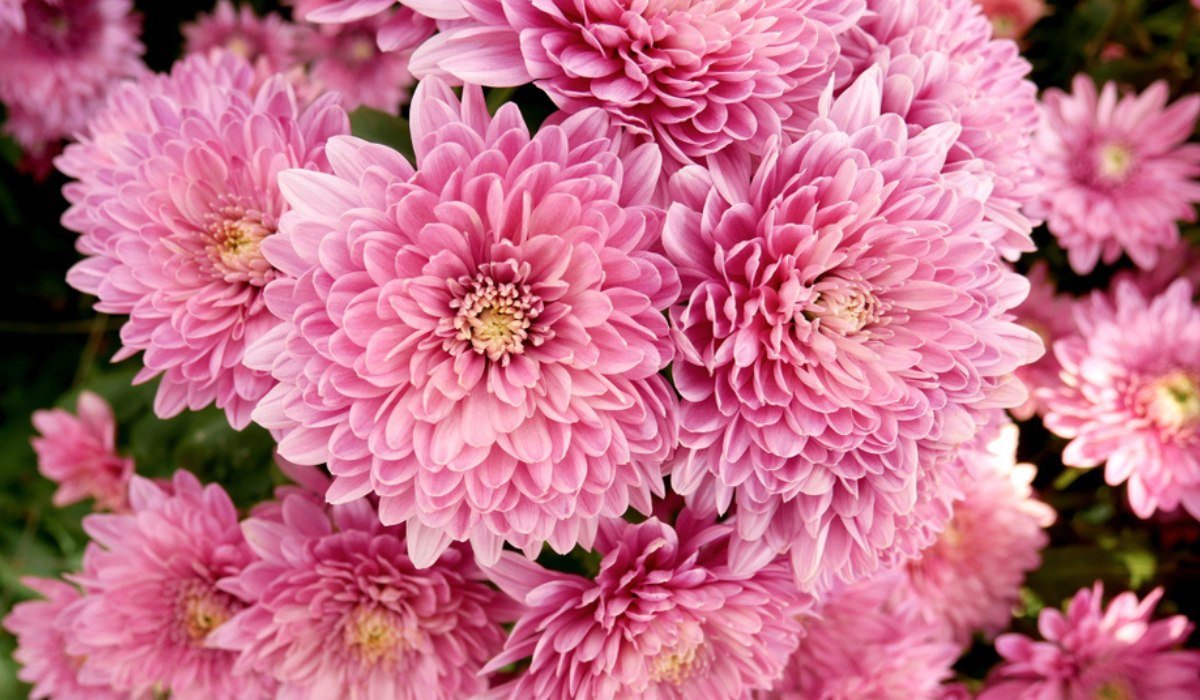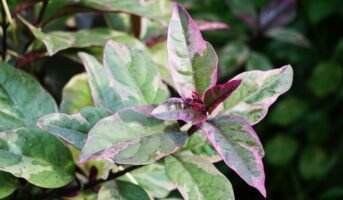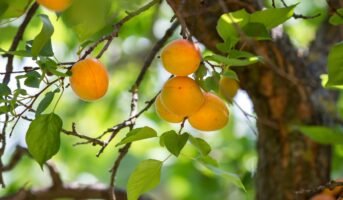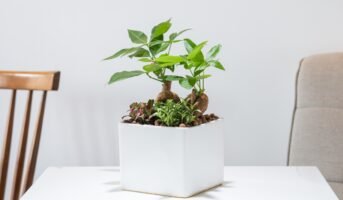As annual flowering plants germinate, grow, bloom and die within a year, many homeowners refrain from keeping them as an aesthetics factor. But then, think about it once. You grow crops as annual plants every year, right? Then why not flowers?
If gardening is a hobby, and if you are into flowers, annuals are a great option to enhance your home aesthetics. You never know what happens tomorrow, and you may grow out of the habit of growing greens at home. In such cases, annuals are the best option, as they do not demand long-term commitment. Narcissus flower is one of the indoor plants. Learn more about it.
Further, some beautiful annual flowering plants can take the look and feel of your property to another level.
What are annual plants?
Annual plants is a term used to refer to the plants that complete their entire life cycle, from germination to seed production, within one growing season. These plants typically sprout from seed, grow, flower, and produce seeds all in one year. Examples of annual plants include marigolds, zinnias, and sunflowers. Since annual plants complete their life cycle within a season, they are typically used in gardens and landscaping to provide a colourful and varied display of blooms and foliage each year. There are many indoor annuals that provide homes with seasonal interest in containers and hanging baskets.
Know about: Glory flower
Characteristics of annual plants
Annual plants have several distinct characteristics that set them apart from other types of plants. Firstly, they have a relatively short lifespan, completing their entire life cycle, from germination to death, within a single growing season. This means that they are typically planted in the spring, bloom throughout the summer, and then die off in the fall, leaving behind seeds that will germinate the following spring.
Another characteristic of annual plants is that they tend to be very prolific in terms of seed production. This is because their primary goal is to produce as many seeds as possible in order to ensure the survival of the species. Some annual plants can produce thousands of seeds per plant, which can then be dispersed by the wind, animals, or other means. This abundance of seeds also means that annual plants can quickly colonise new areas, making them useful for revegetation projects or for filling in bare spots in gardens and landscapes.
Finally, annual plants often have showy flowers or colourful foliage that make them popular for ornamental purposes. Since they are pretty easy to grow and maintain, annual plants are a popular choice for both amateur and experienced gardeners.
Indoor annual plants: Key facts
Let us learn some quick facts about them before we get to the details.
| Name of species | Type of flowers | Care and maintenance tips |
| Ixora (Ixora coccinea) | Orange, red, yellow or pink flowers in bright corymbs |
|
| Morning Glory (Ipomoea purpurea) | Trumpet-shaped pink, white, magenta, blue and purple flowers |
|
| Marigold (Tegetes) | Bright yellow, gold, orange and mahogany flowers shaped like pom-poms |
|
| Chrysanthemum | 13 different forms of chrysanthemums produce a variety of blooms |
|
| Common Sage (Salvia officinalis) | 15 different types of sage produce colorful blooms that will blow your mind |
|
See also: How to create and maintain herb gardens?
Annual plants: How to grow annuals?
Not all annuals are the same or require the same conditions to flower. From different soil requirements to sunlight, watering and fertilisers, you need to take care of each specific need of the plants carefully. If you are planning to grow one or more of the aforementioned annuals in your home garden, keep scrolling for the information about growing and caring for them:
Annual plants are beautiful but do not require long-term commitment and care, so they are indeed the perfect seasonal houseplants.
See Also: How to grow Chinese Okra indoors?
Examples of annual plants for indoors
Here are some of the most popular examples of indoor annual plants you can grow in your home.
Best indoor annual plants #1: Ixora

Source: Pinterest
Native to Asia, this amazing annual can improve your home aesthetics to a great extent. There are many varieties of this flowering plant, namely Ixora palette, finlaysoniana, javanica, Chinensis and more. If you want to grow Ixora in a container, go for the dwarf variant that requires a slightly acidic, well-drained soil mix for starters.
Being a tropical plant, Ixora flourishes well in direct sunlight but too much of it can cause the flowers to become saggy. Temperatures of 18-21 C are best for the dwarf variant with pink or white flowers. Also, check if the humidity level reaches below 50%.
If it does, use a cool-air humidifier to prevent the flowers from shrinking. In-depth watering is essential to keep this plant blooming and fresh. However, wait for the soil to dry out before watering again.
See also: Cassia Javanica a plant with a resilient future
Best indoor annual plants #2: Morning Glory

Source: Pinterest
The Morning Glory is a tender annual vine that is frost sensitive and also cannot tolerate the chills. Hence, the best time to sow the seeds is early spring and summer. With its heart-shaped leaves and colourful trumpet-shaped flowers, this annual sparks a cheerful ambience wherever it is kept. You may even find butterflies hovering over the beautiful pink, magenta, purple-white or blue flowers of the Morning Glory.
Growing Morning Glory in a container is recommended by many gardeners as it keeps these flowering annuals from getting too wild. However, make sure you have a fence or trellis around the plant, as it can grow over anything and even get into the space of other plants.
You may even put them in hanging baskets to add some colour to your balcony or patio. Keep the soil a little dry and put the plant in shady sunlight. You may also add some mulch to the soil as the vibrant vines start popping up.
Best indoor annual plants #3: Marigold
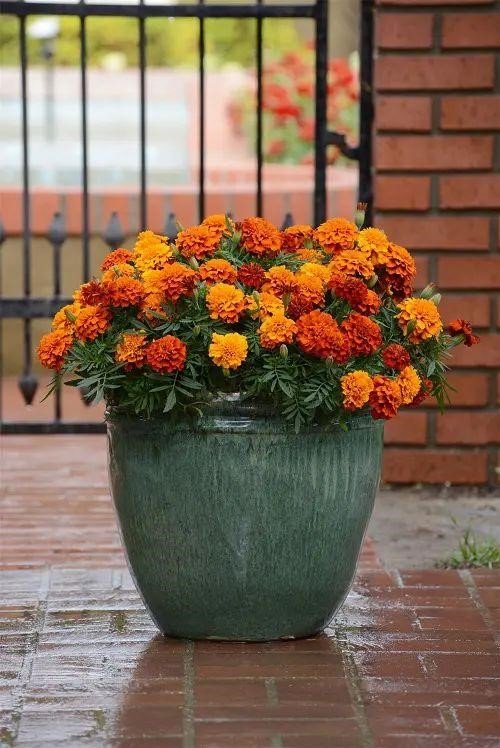
Source: Pinterest
One of the most common of all annuals in India, the marigold is well-loved for its simplicity and bright pom-pom flowers. If you are planning to grow this plant in a container, pick one that is at least 10 inches for the African and larger French varieties.
The dwarf French can however grow in a 6-inches container. Immediately after planting the seedlings, make sure you add adequate water to encourage faster growth. As the plant starts growing, water only when the top inch of the soil is dry.
The marigolds kept in containers may need more frequent watering than the ones in the ground. Create a mulch layer around the root zone to keep the plant moist at all times and feed the plant appropriately for larger and brighter blooms.
In extreme temperatures, the plants may stop blooming and enter a resting phase. Don’t worry and keep watering it regularly during this time. Once the heat settles, the plant will get into its blooming spree again.
Best indoor annual plants #4: Chrysanthemum
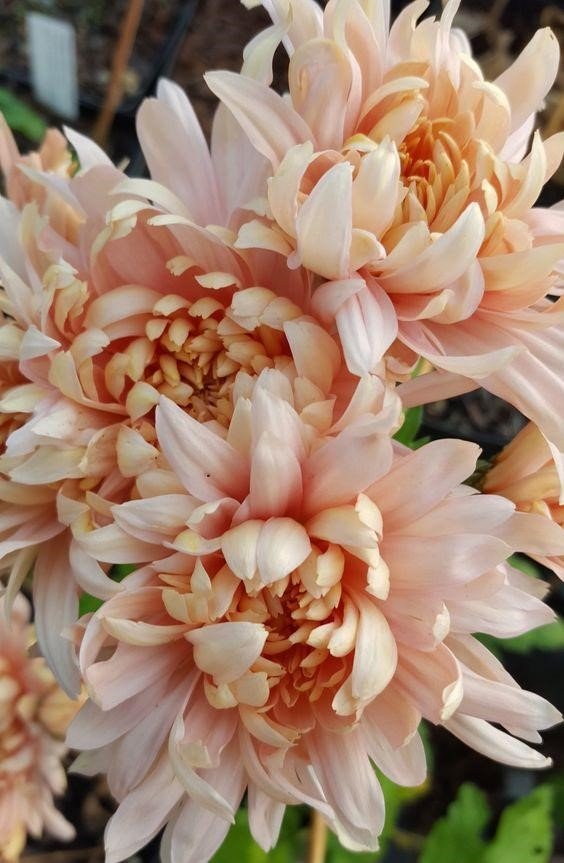
Source: Pinterest
Also referred to as mums, the chrysanthemums are one of the most in-demand annuals in India and abroad. They get into a blooming spree during the fall, but only if you can keep the plants alive till then. Yes, growing mums requires consistent care and maintenance but it’s definitely worth the try.
Buying a potted mum from the store and repotting it at home is one the foremost things that you should do. Before repotting, fill the new container with a fertile, high-quality potting mix. Now, gently remove the plant from the previous pot and slowly break its roots which may be in the form of a tight ball.
The mums require a lot of water right from planting, so be it. Also, it needs a good 4 hours of sunlight every day. Not all mums survive the winter, but if you can cut it down and mulch it heavily, you may find that it has survived the chills quite beautifully.
Best indoor annual plants #5: Common Sage

Source: Pinterest
Common Sage or Salvia can be grown in pots if you get one that is at least 8 inches deep and wide. However, you may need to transplant this herb in a larger container with drainage holes at the bottom, once it starts spreading and becomes root-bound.
Well-drained, loamy soil with 20-25% of organic compost is best for growing Salvia in containers. Common sage is sun-loving, so make sure that it gets at least 6-8 hours of direct sunlight every day.
However, on too-hot days, you will need to keep it away from the scorching afternoon sun. In the right season, you may not feed Salvia at all. Do add some mulch to improve drainage though.
Best indoor annual plants #6: Zinnias
Zinnias are true annual plants and can be grown easily from seeds, and reseed readily. The plant flowers attract hummingbirds and appear in vibrant hues, ranging in different with sizes from dwarfs to towering stems. Make sure the plant receives full sunlight. The blooming period is during summer or fall.
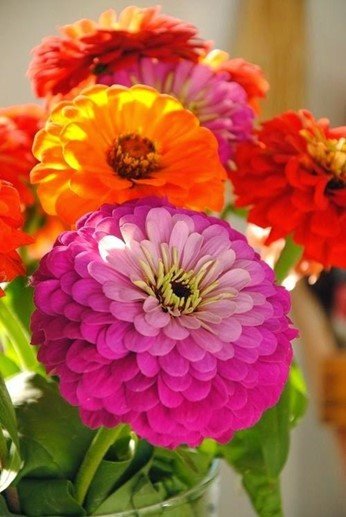
Source: Pinterest
Best indoor annual plants #7: Petunias
Petunias are another excellent choice for your home garden. They can be grown in garden beds, pots, containers and window boxes. The flowers are available in a variety of hues, such as red, pink, white, yellow and purple. The blooming period is in spring, summer and fall. Petunias are one of the best indoor plants you can consider.

Source: Pinterest
Best indoor annual plants #8: Begonia
Among other best indoor plants that are popular include Begonias. These delicate flowers, bloom during summer and are available in white, pink, and red hues. One of the benefits is that these are low maintenance plant and do not require pruning. When fall approaches, you can move the plants indoors.
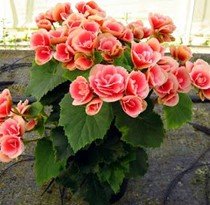
Source: Pinterest
Types of annual plants
Annuals are classified into the following categories:
Hardy or winter annuals
These annuals include plants like larkspur and forget-me-not. They survive in cool to moderate temperatures. The plants can tolerate light frost. The growing season is between early spring and fall.
Tender or summer annuals
Some examples of this class of annual plants, include marigolds and petunias. These are native to tropical or subtropical areas. This type of plants require heat to grow and thrive, and often have poor growth in cold weather. Ideally, you must wait till late spring to grow these plants.
Half-hardy annuals
This is the most common class of annuals. They grow in a wide range of temperatures, including colder weather near the start or end of the gardening season.
What are some annual flowering plants in India?
If you want your home garden to look attractive and colourful throughout the year, consider these 365 days flowering plants, which are available in India.
- Hibiscus
- Rose
- Butterfly Bush
- Ixora
- Bougainvillea
- Hydrangea
- Crepe Jasmine
FAQs
How many colours of marigold flowers are there?
The colour of the marigold flowers may range from golden yellow to orange, red and even mahogany.
Does the Ixora flower throughout the year or in any particular season?
The Ixora is well-loved because it flowers all 365 days of the year under the right conditions.
Is Ixora toxic to pets?
Nope. Ixora is non-toxic to both your canine and feline friends.
Is the Common Sage fragrant?
Not the flowers, but the leaves of almost all Salvia variants are scented.
What kind of fragrance does the Morning Glory give out?
The Morning Glory exudes a pleasant smell that attracts hummingbirds, butterflies and humans alike. You will also find colognes and fragrances in the market named after this flower.
Housing News Desk is the news desk of leading online real estate portal, Housing.com. Housing News Desk focuses on a variety of topics such as real estate laws, taxes, current news, property trends, home loans, rentals, décor, green homes, home improvement, etc. The main objective of the news desk, is to cover the real estate sector from the perspective of providing information that is useful to the end-user.
Facebook: https://www.facebook.com/housing.com/
Twitter: https://twitter.com/Housing
Email: [email protected]
